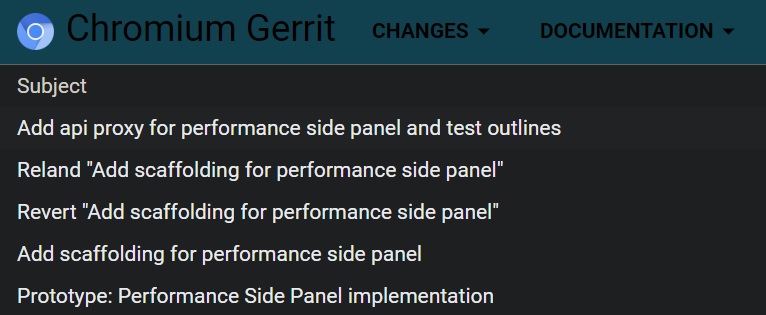- Google Chrome is introducing a “Performance Panel” similar to Microsoft Edge’s “browser essentials” to allow users to manage performance-related features.
- This new panel is part of Google’s larger plan to emphasize its browser’s speed, efficiency, and security. One key feature, called “Memory Saver”, will prioritize memory for active tabs, releasing memory from inactive ones to ensure efficient usage.
- Another potential feature is a battery-saving mode, which will prompt users to activate it when their device’s battery level drops to 20%. Chrome’s new panel offers benefits similar to Microsoft Edge’s dashboard.
Google is copying Microsoft Edge’s “browser essentials,” a performance dashboard that lets you keep track of memory usage, including sleeping tabs and tabs performance. This new feature, “Performance Panel”, is coming to Google Chrome on Windows 11 and macOS in the next few months.
We don’t know how Chrome could help you save memory through the performance panel, but the company may let users monitor memory consumption. This feature appeared on Chromium Gerrit posts over the past several weeks, and it’s slated for release on Windows 11 and macOS in the upcoming months.
Chrome’s performance panel is part of Google’s broader strategy to highlight the efficiency, speed, and security underpinning its browser.
In a Chromium bug post, a Google engineer highlighted that the search engine giant is in the final phases of designing this performance sidebar. The team is laying down a foundational framework for the side panel, which is aimed at aiding developers to test data integration techniques and gauge display outputs seamlessly.
“We are working on finalizing the design for the contents of the new performance side panel and need to prototype how the different performance cards will be displayed. To simplify prototyping, we are checking in the scaffolding for a blank side panel,” the Google Chrome developer noted.

“This will allow us to test how to pipe data in and render the results without having multiple people needing copies of this boilerplate,” the company explained in the bug post spotted by Windows Latest.
Chrome’s Performance Panel’s capabilities will likely showcase features like “Memory Saver.” This option, when activated, prioritizes resources towards active tabs, ensuring the browser uses your memory only when you’re actively using it.
For example, if you have ten tabs of Instagram open in Chrome, but you’ve been on the YouTube tab for the past few minutes, Google will temporarily release memory from non-active Instagram tabs. The freed memory would be shared across YouTube and other browser features.
This move shouldn’t surprise you, as Google has been working on several performance-related changes, including new tab discard controls and more.
Another highlight of the Performance Panel could be battery efficiency. If a user’s device dwindles to a battery level of 20%, Google Chrome will proactively prompt users to activate a battery-saving mode.
As mentioned at the outset, Chrome’s performance panel would be similar to the browser essentials of Microsoft Edge. In Edge, Microsoft’s browser essentials is the dashboard of performance and safety features, such as sleeping tabs and browsing protection, a feature that limits internet tracking.
The post Google Chrome is copying Microsoft Edge’s performance panel on Windows 11 appeared first on Windows Latest
